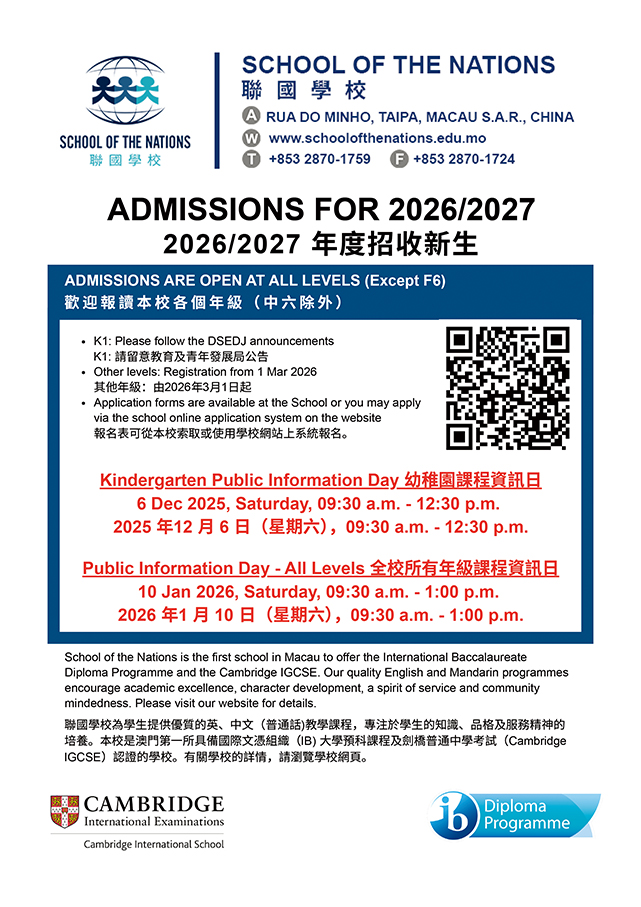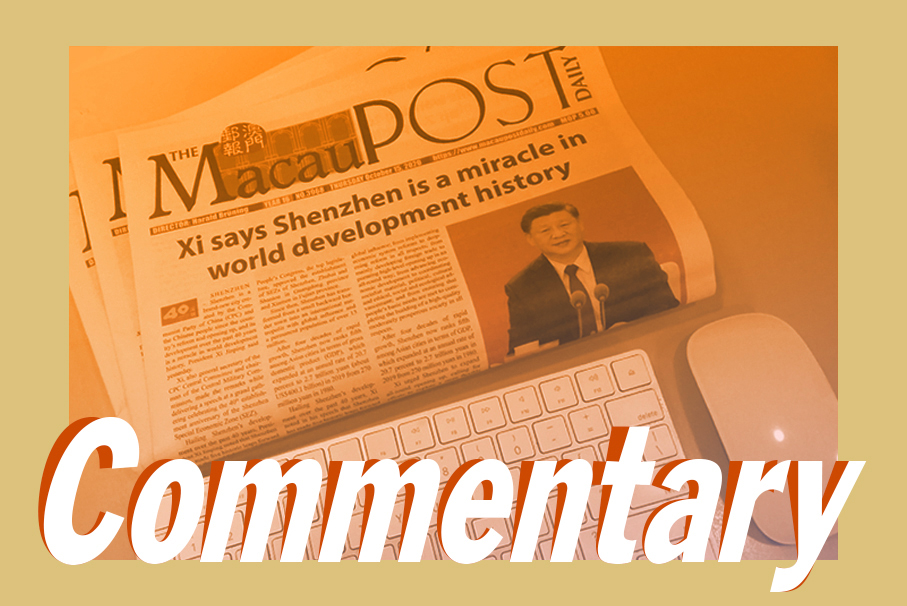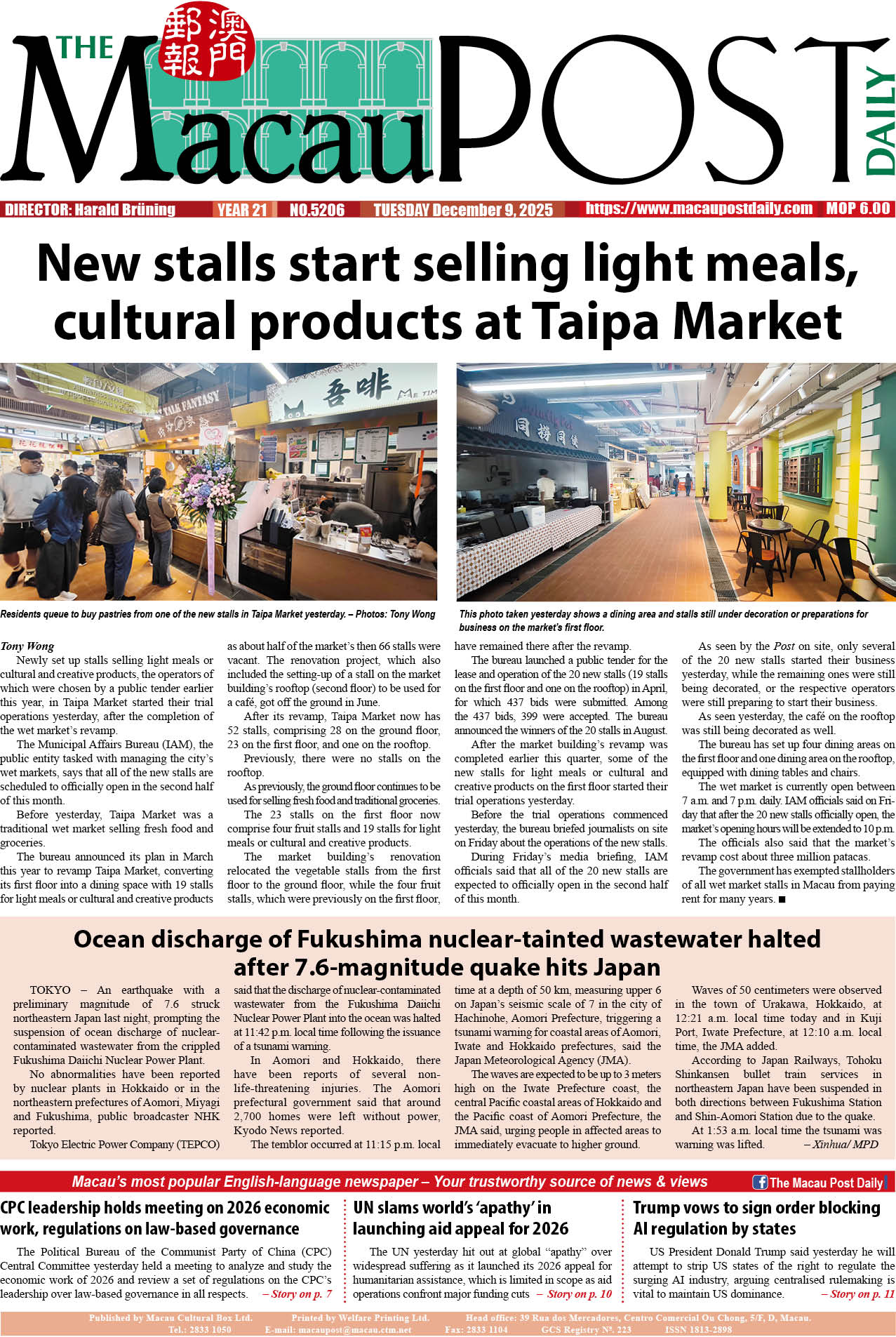No matter how uncomfortable it might be for existing members, having Timor-Leste** in the ASEAN fold would be more conducive to regional peace and development than leaving it to fend for itself, says Julia Lau
SINGAPORE: Timor-Leste’s president José Ramos-Horta recently declared his hope that his country would become the Association of Southeast Asian Nations’ (ASEAN) 11th member in 2023 when Indonesia chairs the regional grouping.
ASEAN is rapidly running out of excuses to further delay Timor-Leste’s 2011 application for membership, no matter how uncomfortable it might be for its existing members to welcome the region’s youngest nation-state.
Some observers might have a strong sense of déjà-vu The last time that Indonesia was ASEAN Chair, in 2011, Ramos-Horta had beseeched the organisation to let Timor-Leste, then a nine-year-old nation-state, join its ranks.
Even back then, his arguments were sound. The fledgling state had addressed most of the “four requirements” for membership stated in Article 6 of the ASEAN Charter.
First, Timor-Leste is clearly part of Southeast Asia. Today, 20 years after its founding, this nation-state has won recognition from all 10 ASEAN member states (AMS).
The last two requirements concern the agreement to be bound by the Charter and willingness to carry out membership obligations. Timor-Leste has repeatedly indicated that it is more than willing to fulfil its sundry ASEAN obligations.
QUESTIONS ABOUT TIMOR-LESTE’S DIPLOMATIC AND ECONOMIC CAPACITY
The key stumbling block, it would seem, mostly involves AMS’ reservations about whether Timor-Leste has the “capacity” to fulfil the onerous obligations that all AMS bear in terms of hosting meetings and other bureaucratic demands.
While this might have been uncertain in 2002, or even 2011, this is less of an objection today. By 2016, Timor-Leste had already established diplomatic missions in all 10 ASEAN capitals, and there is an ASEAN Secretariat in Dili.
Interestingly, Cambodia — the ASEAN chair this year — has repeatedly voiced its support for Timor-Leste to join ASEAN. Indonesia is also broadly supportive and Ramos-Horta is right to assume that Timor-Leste’s chances of being admitted would be higher under Indonesia’s 2023 ASEAN chairmanship than at any other time, given the two countries’ historical connections.
To wait another decade could deny Timor-Leste the diplomatic and economic boost that it needs for its next phase of national development.
In its development plans for 2011 to 2030, Timor-Leste’s vision for post-independence growth focuses on infrastructure, poverty alleviation, and improving telecommunications and connectivity. There remains much to be done in these key areas.
Some critics might take issue with Timor-Leste’s deep trade deficit with ASEAN and its over-dependence on oil and gas income.
By one account, from 2016 to 2019, more than half of Timor-Leste’s US$2.05 billion expenditure on imports went to five ASEAN economies, while its exports of goods and services in the same period to ASEAN was just US$95 million. A 2017 report noted objections from Singapore and Laos, especially about Timor-Leste’s economic capacity.
However, these objections are no longer as valid, given that the entire region is collectively recovering from the external shocks of the pandemic and Russia’s unjustified invasion of Ukraine.
TIMOR-LESTE HAS POTENTIAL TO LEAPFROG OTHER ASEAN STATES
It should be said that ASEAN was willing to let Laos, Cambodia, Myanmar and to a lesser extent Vietnam have a long runway to develop economically. The same leeway should be offered to Timor-Leste.
Timor-Leste arguably has the potential to leapfrog over some of the less developed AMS, if given the chance. While it is true that it has very high poverty and unemployment rates and growth has been uneven since independence, the Timorese are relatively young and highly literate. Although a third of its population has had no schooling, this will not be the case going forward.
On certain human development measures, Timor-Leste is ahead of even Laos, Cambodia, and Myanmar at the time the latter three were admitted into ASEAN in the late 1990s. For instance, Laos’ human development index hovered around 0.40 in the 1990s and is still only at about 0.60.
Prior to its restoration of independence in 2002, Timor-Leste scored 0.48. This rose to 0.61 in 2019. A score of 1 indicates “the most developed”; the UN Development Programme rates countries on various health, education, and standard of living measures.
What is left unsaid in the discussion on “capacity” is how Timor-Leste’s admission into ASEAN might show up the grouping’s uneven performance on political freedom and human rights. Timor-Leste earned a 72/100 (“free”) ranking in Freedom House’s 2022 “Freedom in the World” report, the highest in Southeast Asia.
Compared with the “partly free” ratings of Indonesia at 59/100, the Philippines (55/100) and Singapore (47/100), and the “not free” ratings for Laos at 13/100 and Myanmar at a miserable 9/100, Timor-Leste would be a veritable beacon of democracy in a regional organisation that often sweeps difficult topics under the carpet.
If admitted, Timor-Leste could make a prickly bedfellow in an ASEAN that continues to privilege musyawarah and mufakat (deliberation and consensus). Previously, Ramos-Horta as opposition leader had roundly criticised Timor-Leste’s decision to abstain from a 2021 United Nations General Assembly vote condemning Myanmar’s military regime.
It is possible that Ramos-Horta might continue with his strident rhetoric even at ASEAN forums, which would not be in keeping with the grouping’s style. However, his ASEAN counterparts could probably persuade him to tamp down his fiery rhetoric, at least when Timor-Leste first joins ASEAN.
GEOPOLITICAL RISKS OF DELAYING TIMOR-LESTE’S ASEAN MEMBERSHIP
The geopolitical risks of delaying Timor-Leste’s bid for full ASEAN membership could outweigh the costs of admission.
As ASEAN dithers on Timor-Leste’s ASEAN membership, China could muscle in and fully take it under its wing. Amidst the rivalry between the US and its like-minded regional allies and partners against Beijing, detractors of Timor-Leste becoming an AMS would do well to remember that China’s influence in Timor-Leste is notable.
China’s soft power in Timor-Leste is substantial. The Chinese Foreign Ministry proudly touts how Beijing was “the first” to establish diplomatic relations with the country. China was quick to set up its embassy soon after Timor-Leste gained independence and helped to build various government buildings.
Chinese officers have served in peacekeeping missions to Timor-Leste, while East Timorese bureaucrats have enjoyed scholarships and training programmes at Chinese institutions. Timor-Leste is increasingly reliant on Chinese imports: China is one of the fastest growing importers of goods into the former.
In the bigger scheme of things, having Timor-Leste in the ASEAN fold would be more conducive to regional peace and development than leaving it to fend for itself.
Julia Lau is Editor, Fulcrum and non-resident scholar with the George Washington University’s Sigur Center for Asian Studies (2018-2022). This commentary first appeared on ISEAS – Yusof Ishak Institute’s blog, Fulcrum.
– Courtesy of CAN/el
** Timor-Leste is East Timor’s official Portuguese name









